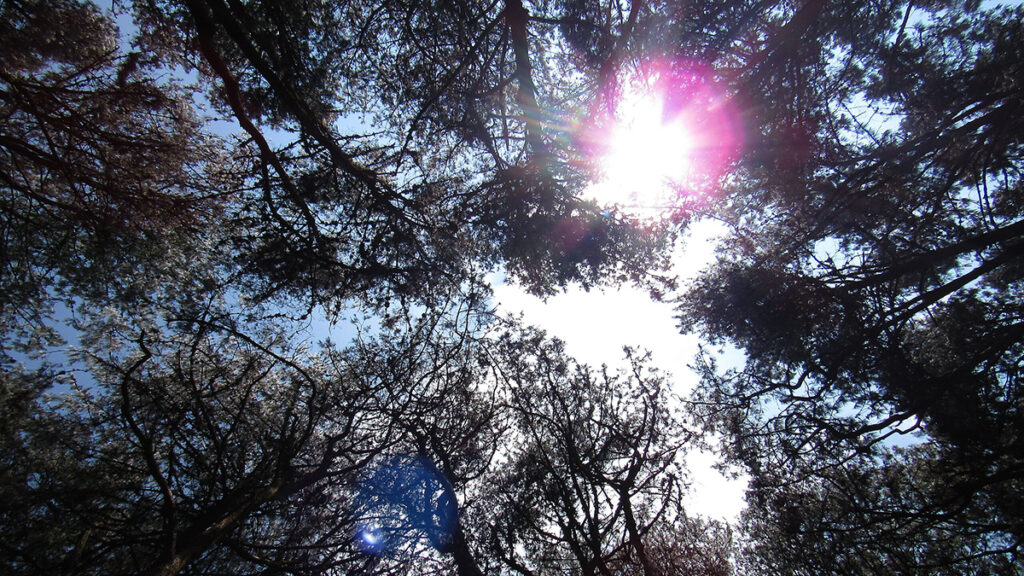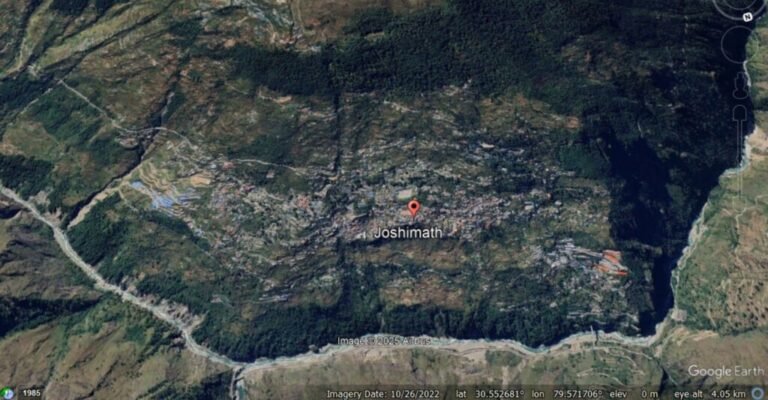

Source: Journal of Geophysical Research: Biogeosciences
When sunlight hits clouds or other atmospheric particles, it scatters and becomes diffuse light. Unlike direct sunlight, diffuse light can reach deeper into shaded plant canopies, where plants have dense, layered leaves. The diffuse-light fertilization effect theory suggests that diffuse light in such environments can promote carbon uptake and influence canopy temperature and evapotranspiration. Prior research suggests that some diffuse light can also boost photosynthesis, but after an optimal point, the overall reduction in total radiation will decrease photosynthesis.
However, diffuse light is not typically measured at ground-based sites. Previous studies used indirect methods to infer its effects on plants, including running computer models and measuring atmospheric properties such as clearness. So questions remained about the optimal amount of this filtered sunlight for vegetation.
Since 2017, the National Ecological Observatory Network (NEON) has collected data on diffuse sunlight, evapotranspiration, and other ecological variables across 32 sites in the continental United States, including forests, grasslands, shrubs, and cultivated crops. Schwartz et al. used the NEON dataset combined with satellite records from the Ecosystem Spaceborne Thermal Radiometer Experiment on Space Station (ECOSTRESS) to determine how diffuse sunlight connects to evapotranspiration and net ecosystem exchange, or the carbon exchange between ecosystems and the atmosphere.
Their findings suggested that across NEON sites between 2018 and 2022, evapotranspiration decreased as diffuse radiation increased, and no optimal point was observed, contrary to what previous modeling suggested. Evapotranspiration, the researchers found, may be more strongly affected by available moisture than by either direct or diffuse light.
However, diffuse sunlight did enhance net ecosystem exchange in some locations, including forests and areas with shrub or scrub vegetation. Nineteen of the 32 sites showed a positive net ecosystem exchange response to diffuse light, meaning that more carbon can be absorbed when sunlight is scattered. (Journal of Geophysical Research: Biogeosciences, https://doi.org/10.1029/2025JG008757, 2025)
—Rebecca Owen (@beccapox.bsky.social), Science Writer

Citation: Owen, R. (2025), How plants respond to scattered sunlight, Eos, 106, https://doi.org/10.1029/2025EO250249. Published on 14 July 2025.
Text © 2025. AGU. CC BY-NC-ND 3.0
Except where otherwise noted, images are subject to copyright. Any reuse without express permission from the copyright owner is prohibited.






